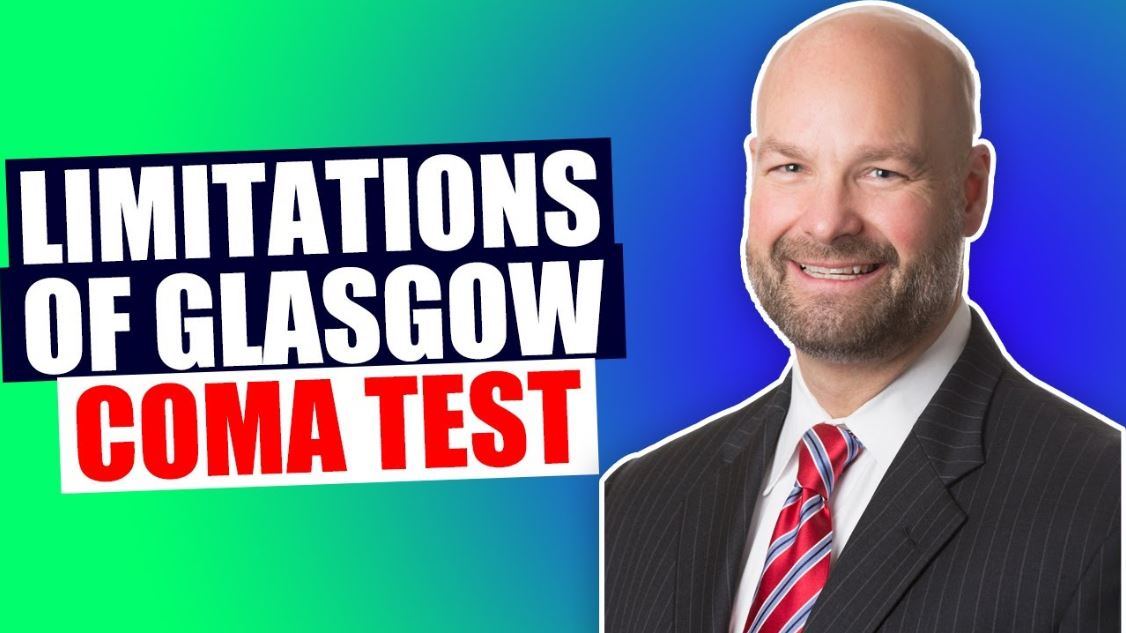I’m Tony Baratta. Today, I wanted to talk to you about the Glasgow coma scale and its limitations. A Glasgow coma scale is intended to address levels of consciousness, and it’s a scoring system that is used on an emergency basis. It is literally testing three different things and the level of functioning of those three different things.
The Glasgow Coma scale
The first is eye opening. It goes from a score of 1 for no eye opening at all, to a top score for spontaneous eye opening.
Similarly, verbal response is also tested on the Glasgow coma scale. No verbal response is a 1. And the most regular verbal response, responding promptly to interaction with somebody is the highest score.
Motor response is tested as well. No motor response is the lowest score. And obeying commands to move your right leg or your left arm spontaneously is the highest score.
What the scores mean
The highest score is a 15 and a score of 13 to 15 means mild traumatic brain injury. It comes from the concept of testing at the time of the incident called the Glasgow coma scale. A score below an 8 is a severe head injury and a score of 9 to 12 on the Glasgow coma scale is a moderate traumatic brain injury.
It’s the moderate and the severe traumatic brain injuries that most often are going to lead to a lifetime of problems. But 90% of head injuries fall into the category of the mild traumatic brain injuries. So you might think that a mild traumatic brain injury is not such a big deal.
We do know that people with a 15 often have lesions on their brain shown by C.T. and MRI. And that’s even though a person is showing normal neurocognitive functioning and a score of 15.
A client story
I recently had a client who was assaulted in a bar. He was hit on his head, and he was examined by the ambulance people and in the emergency room department. And he was found to have a Glasgow coma scale of 15, the highest score you can have.
He seemed to be functioning perfectly, but on a C.T. scan, he was shown to have an expanding subdural hematoma. And that expanding subdural hematoma, after continuous tests, showed that the swelling was increasing, and dangerously so. Ultimately, this man died, but initially, he showed a normal Glasgow coma scale. That was his initial presentation.
What you must know
So the importance of this discussion is that you can have a normal or what is termed a normal score on the Glasgow coma scale, and still have suffered a very serious injury. And here’s what you must know:
Someone may have a brain injury, a head injury, yet they may be showing a completely normal eye-opening response, motor response and verbal response. Even if that’s the case, however, it’s imperative that a CT study be done to rule out a potential brain lesion that needs to be treated immediately.
My name is Tony Baratta, and I hope this has been helpful to you.


